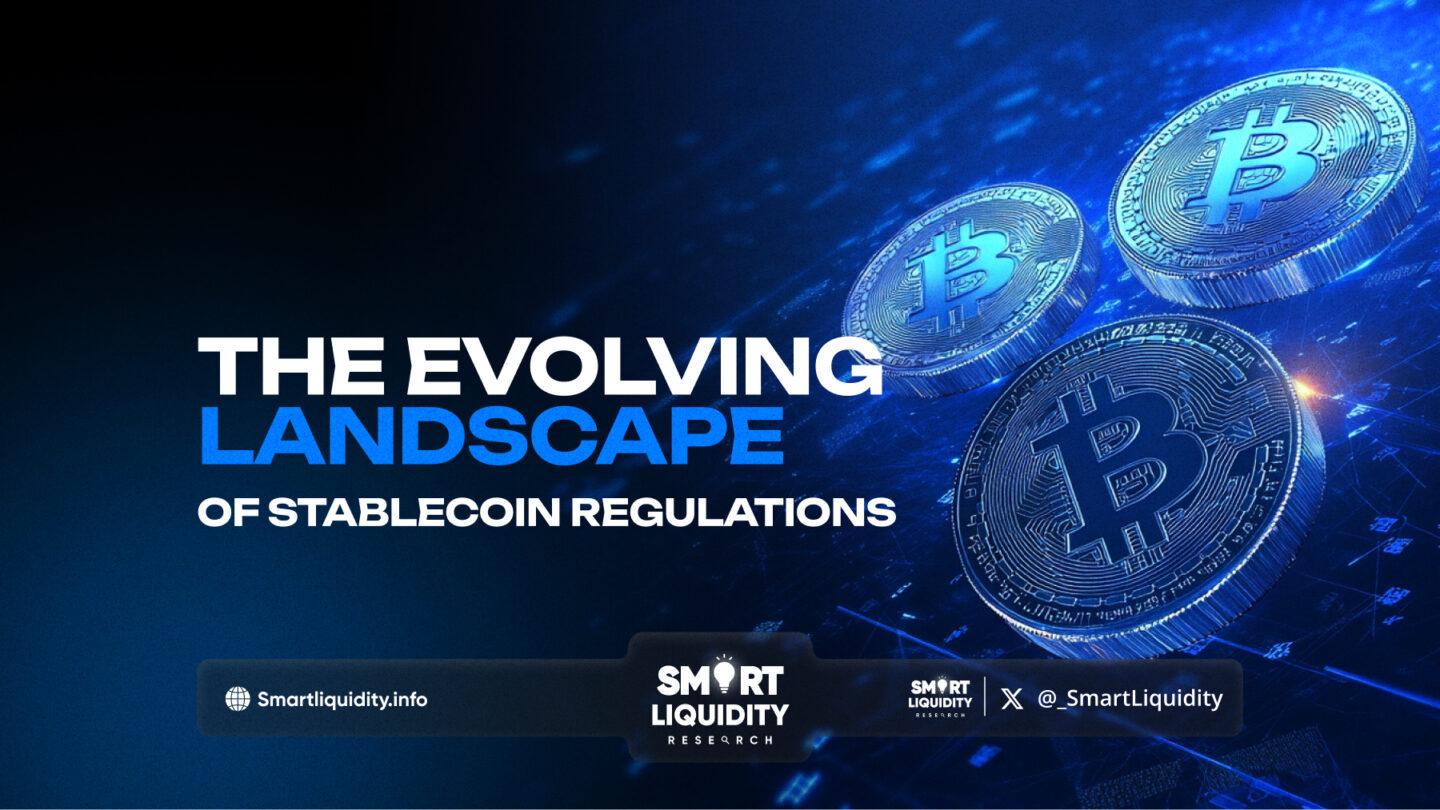The Evolving Landscape of Stablecoin Regulations


Stablecoins, a rapidly evolving segment of the cryptocurrency market, aim to offer the stability of traditional fiat currencies with the technological benefits of digital assets. By design, they are pegged to a reserve of assets such as fiat currencies, commodities, or other cryptocurrencies, which helps to minimize their volatility.
However, the growth and adoption of stablecoins have raised significant regulatory concerns, prompting governments and financial authorities worldwide to develop and refine their approaches to regulation. This article explores the current state of stablecoin regulations, key challenges, and the implications for the future of digital finance.
The Rise of Stablecoins
Stablecoins emerged as a solution to the volatility often associated with cryptocurrencies like Bitcoin and Ethereum. By anchoring their value to more stable assets, stablecoins offer a less volatile alternative while retaining the benefits of blockchain technology. Major examples include Tether (USDT), USD Coin (USDC), and DAI, each pegged to the U.S. dollar or other stable assets.
The appeal of stablecoins is multifaceted: they provide a stable store of value, facilitate cross-border transactions with lower fees, and serve as a bridge between traditional financial systems and the cryptocurrency ecosystem. Their growth has been explosive, with billions of dollars in market capitalization, leading to increased scrutiny from regulatory bodies.
Regulatory Landscape
United States
In the United States, stablecoin regulation is complex and involves multiple agencies. The U.S. Department of the Treasury, the Securities and Exchange Commission (SEC), and the Commodity Futures Trading Commission (CFTC) each have a role in overseeing aspects of stablecoin operations.
- Financial Stability Oversight Council (FSOC): The FSOC, led by the Treasury Department, has expressed concerns about the potential systemic risks posed by stablecoins, particularly if a major issuer faces a liquidity crisis. The FSOC has proposed enhanced transparency and regular audits for stablecoin issuers to mitigate these risks.
- Securities and Exchange Commission (SEC): The SEC’s focus is on whether certain stablecoins qualify as securities under U.S. law. The SEC has been examining whether stablecoins that offer investment returns or other features beyond mere stable value might be considered securities and thus fall under its jurisdiction.
- Commodity Futures Trading Commission (CFTC): The CFTC has expressed interest in overseeing stablecoins as commodities. Its role is particularly relevant for stablecoins involved in trading or derivatives markets.
The U.S. Congress is also working on comprehensive legislation to regulate stablecoins, aiming to provide clarity on their classification, issuance, and reserve requirements.
European Union
The European Union has taken a proactive approach to stablecoin regulation through the Markets in Crypto-Assets (MiCA) regulation. This regulation aims to provide a unified regulatory framework for digital assets, including stablecoins, across member states.
- MiCA Regulation: MiCA sets out requirements for stablecoin issuers, including capital requirements, reserve management, and transparency. It also addresses consumer protection and market integrity, aiming to prevent issues such as market manipulation and fraud.
The EU’s approach is notable for its focus on creating a balanced regulatory environment that supports innovation while ensuring financial stability and consumer protection.
Asia-Pacific Region
Regulatory approaches in the Asia-Pacific region vary widely, reflecting the diverse economic and regulatory landscapes across countries.
- China: China has taken a stringent stance against cryptocurrencies, including stablecoins, with a blanket ban on cryptocurrency trading and initial coin offerings (ICOs). However, it is actively exploring its digital currency, the Digital Currency Electronic Payment (DCEP), which is a form of central bank digital currency (CBDC).
- Japan: Japan has established a regulatory framework for cryptocurrencies and stablecoins through its Financial Services Agency (FSA). The FSA requires stablecoin issuers to register and comply with anti-money laundering (AML) and counter-terrorism financing (CTF) regulations.
- Australia: Australia has implemented regulations requiring stablecoin issuers to hold sufficient reserves and undergo regular audits. The Australian government is also considering further regulations to address potential risks associated with stablecoins and their impact on financial stability.
Key Challenges in Stablecoin Regulation
- Reserve Transparency: One of the primary concerns with stablecoins is the adequacy and transparency of their reserves. Regulators are pushing for regular audits and detailed disclosures to ensure that stablecoin issuers have sufficient assets to back their tokens fully.
- Financial Stability: The potential for large-scale redemption requests or a sudden loss of confidence in a major stablecoin issuer could pose risks to financial stability. Regulators are considering measures to mitigate these risks, including reserve requirements and liquidity management strategies.
- Consumer Protection: Ensuring that consumers are protected from potential losses due to issuer insolvency or fraud is a significant regulatory concern. Transparency, disclosure requirements, and clear consumer protection mechanisms are being emphasized.
- Cross-Border Coordination: Given the global nature of stablecoins, international coordination among regulators is essential to address issues that cross national borders. Efforts are underway to harmonize regulatory approaches and facilitate cooperation between different jurisdictions.
The Future of Stablecoin Regulation
The regulation of stablecoins is still evolving, and the future will likely see continued refinement and adaptation of regulatory frameworks. As stablecoins become more integrated into the global financial system, regulators will need to balance innovation with the need for stability and consumer protection.
Key areas to watch include the development of global standards for stablecoin regulation, the potential for central bank digital currencies (CBDCs) to coexist with or compete against stablecoins, and the ongoing dialogue between regulators and industry stakeholders to address emerging challenges.
Conclusion
Stablecoin regulation is a critical aspect of the broader cryptocurrency regulatory landscape. As stablecoins continue to grow in prominence, regulatory frameworks will need to adapt to address the associated risks and opportunities. By implementing robust regulations that promote transparency, stability, and consumer protection, regulators can support the safe and sustainable development of this innovative segment of the digital economy.




